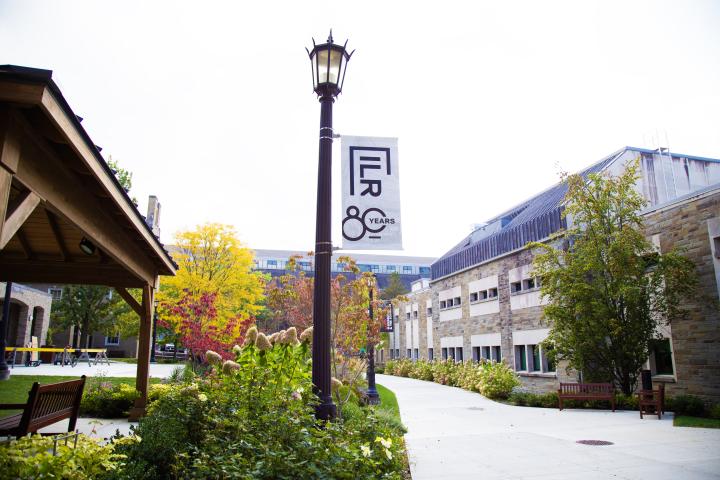
Driving Collaboration
Each speaker sliced it differently in an Ives Hall panel discussion entitled "Who's Got the Answer? Conflict, Creativity and Collaboration in Education Reform."
There are no simple, national solutions to improve education, given that decision-making on public education for schoolchildren in the United States is highly decentralized with 14,500 autonomous districts, said Charles P. Rose. He served as U.S. Department of Education general counsel earlier in President Barack Obama's administration.
George Cohen A&S '55, Law '57, director of the Federal Mediation and Conciliation Services, said reforming education is America's "most daunting task." The path to improvement lies in a shared focus on student achievement for labor and management efforts, he said. Collective bargaining remains a powerful and important tool.
Randi Weingarten '80, president of the American Federation of Teachers, agreed that collective bargaining is a key process for advancing collaboration to improve schools. "Respect for education, teaching and learning … training teachers like we train doctors – that's the potential of collective bargaining," she said.
Christina Merchant, an ILR alum and clinical professor at Syracuse University's Maxwell School, asked Wednesday's panelists "What are your ideas for creating the will for labor and management to engage differently in our school systems?"
Modify behavior to increase collaboration, Cohen said, by emphasizing student success stories. "No one fights student achievement."
Rose said creating the will to change at the local level can occur when the community partners become engaged. "It's something you can't legislate."
Susan Mittler, president of the Ithaca Teachers Association, asked the panelists how they define success in education.
Weingarten said a combination of hard and soft measures ranging from scientific data to surveys from community members – administrators, parents, students and teachers – can help gauge success. Measures are important, but when overemphasized can dampen the risk-taking and innovation needed to improve.


